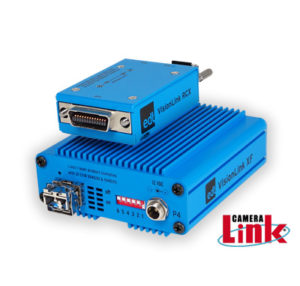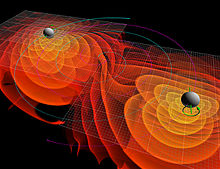
VisionLink RCX for Camera Link base (top) and VisionLink XF for base through 80-bit mode
2017/01/19: Last quarter, EDT expanded its VisionLink series for Camera Link with a new full-mode fiber extender. The VisionLink fiber extenders now include…
– VisionLink XF – Camera Link fiber extender for up to 80-bit mode; and
– VisionLink RCX – Camera Link fiber extender for base mode only.
Both versions replace electrical cabling with fiber, enabling your applications to exceed the limits of Camera Link. Depending on the fiber-optic transceivers used, the camera can be tens, hundreds, or thousands of meters from the host computer.
The fiber also provides electrical isolation between the camera and the computer.
VisionLink-series extenders are compatible with all EDT frame grabbers, as well as with third-party frame grabbers. In addition, the VisionLink RCX is compatible with the original EDT RCX C-Link fiber extender.



